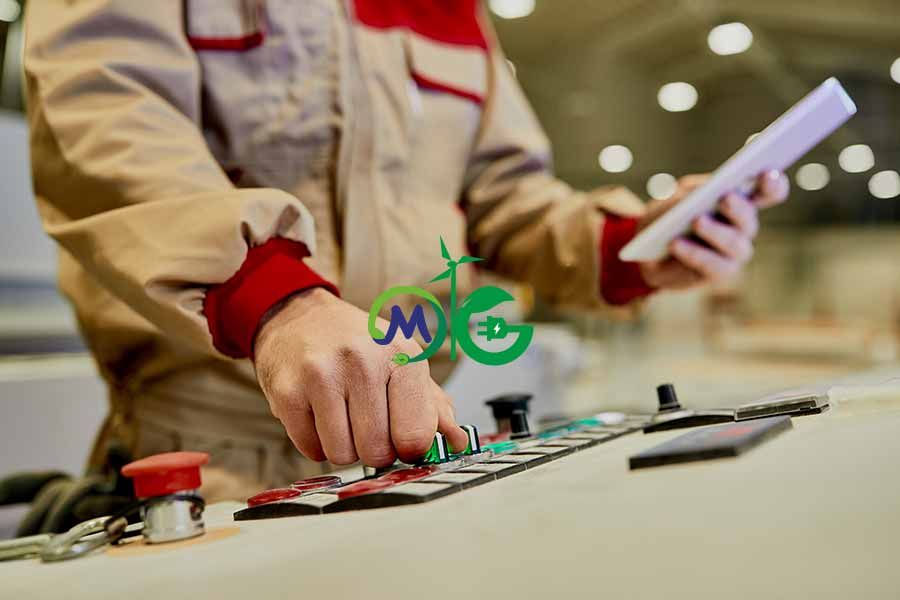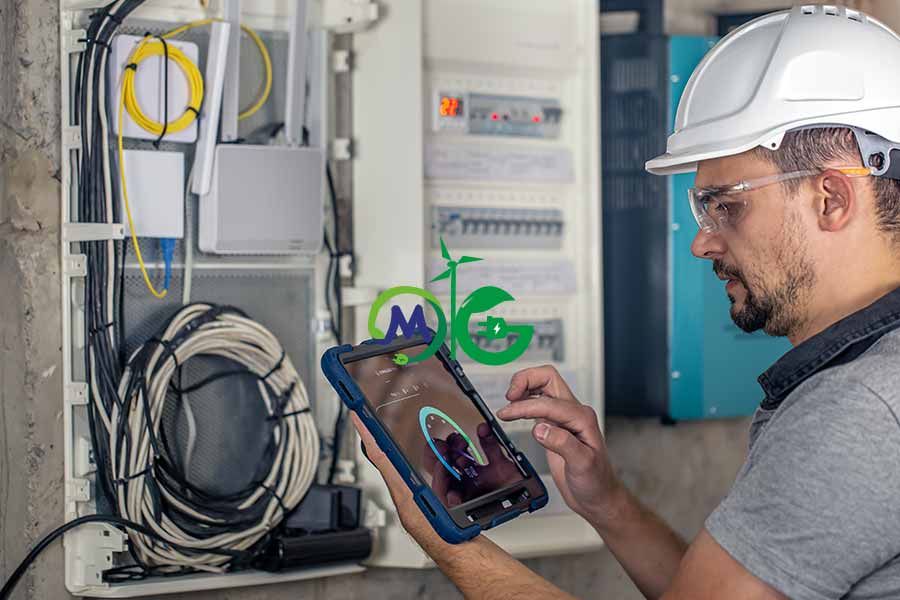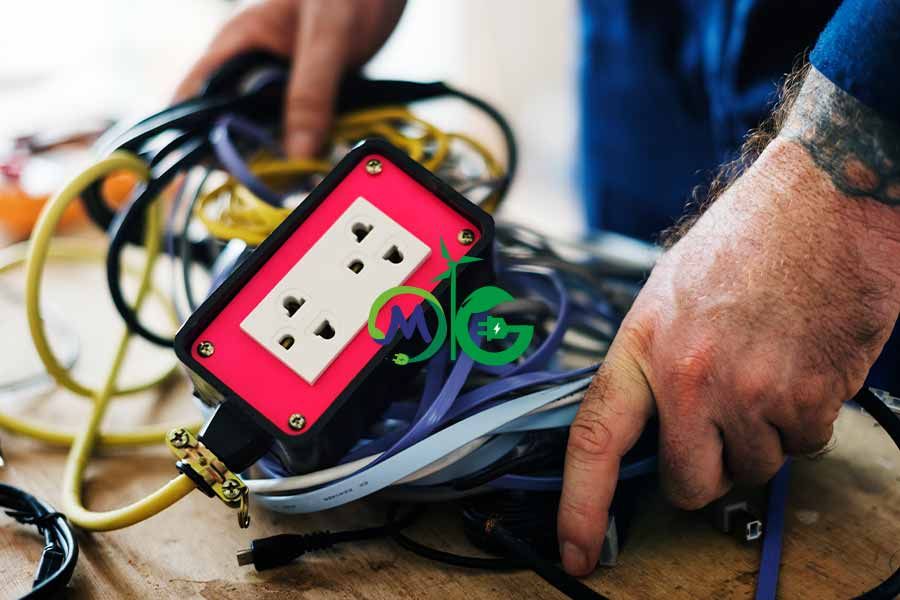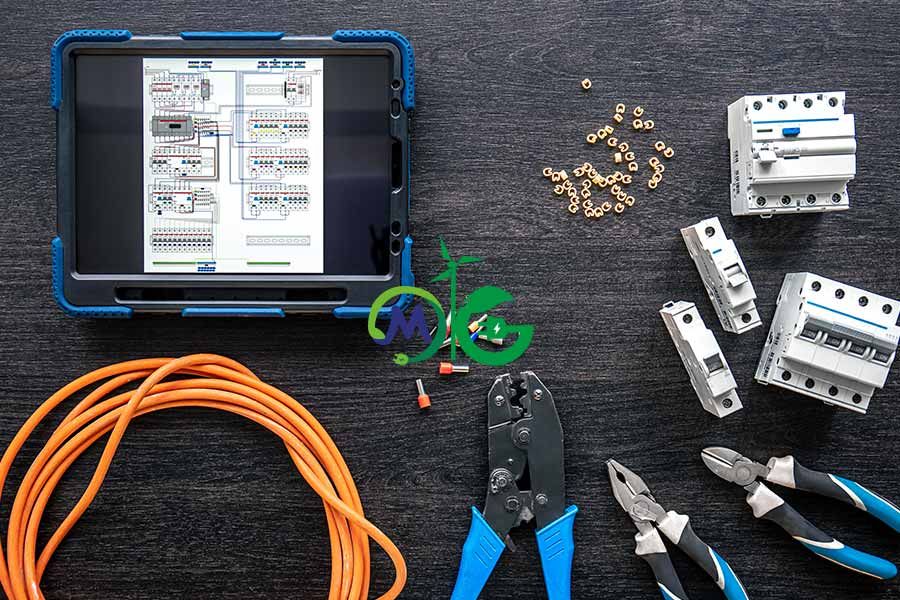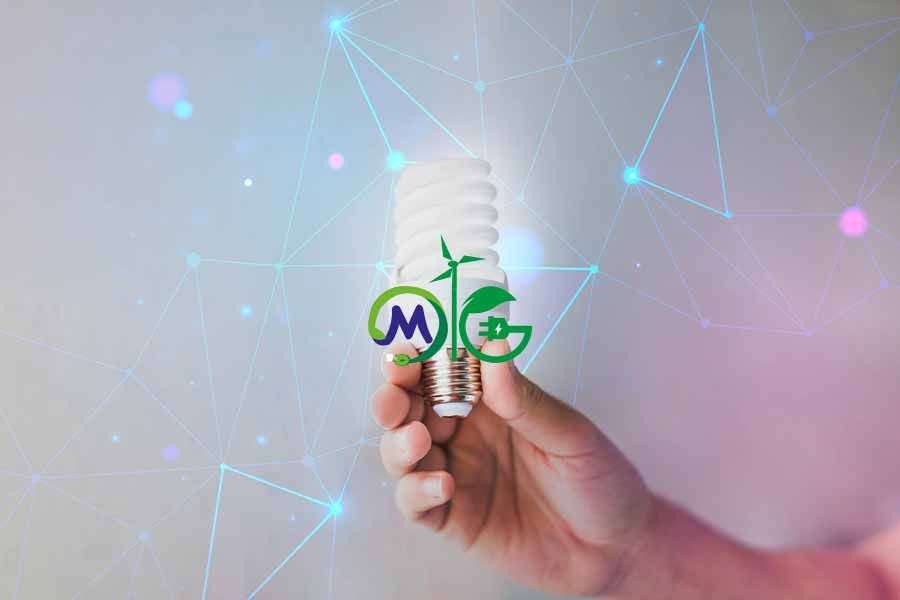Application Services
Application services refer to professional activities related to designing, installing, maintaining and troubleshooting electrical systems to ensure optimum performance and safety of electrical systems. These services cover a wide range of tasks including wiring, circuit design, power distribution and integration of electrical components for a variety of applications such as lighting, heating, automation and machine operation. Application services are critical in residential, commercial and industrial environments and ensure that electrical systems meet regulatory standards, operate efficiently and provide reliable functionality tailored to specific needs.
The logic of electrical application systems lies in the controlled and efficient flow of electrical energy to perform specific tasks. These systems work on the principle of converting electrical energy into other forms, such as light, heat, motion or sound, to meet various functional requirements. At the heart of their operation are components such as power sources (batteries or generators), conductors (wires), control devices (switches or relays) and loads (motors, lights or appliances). The coordination between these elements ensures that energy is delivered safely and efficiently while minimizing waste or inefficiency. Electrical application systems are designed to comply with regulatory standards and provide protection against hazards such as short circuits, overloads or electric shock.
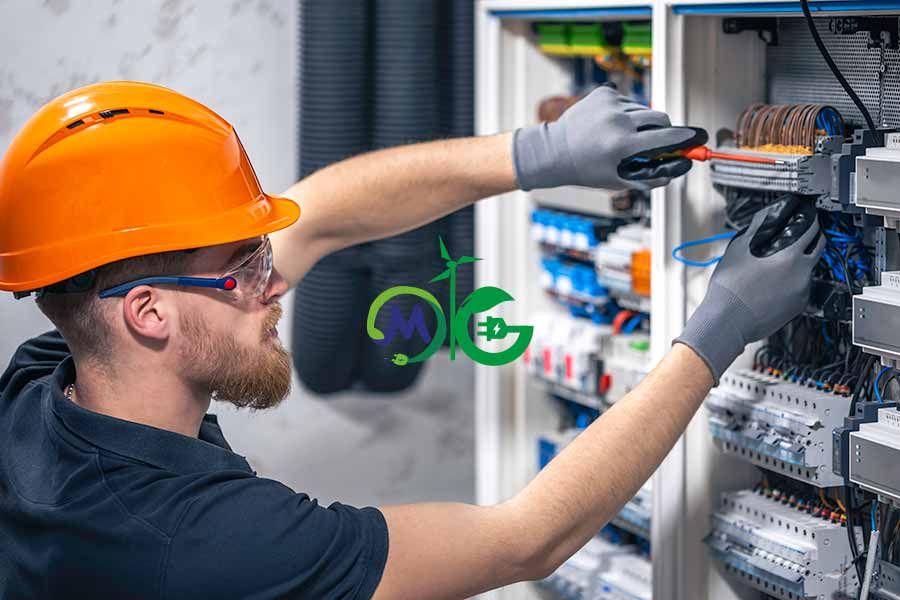
Medium Voltage Switchgears and Transformer Centers
Medium voltage switchgears and transformer substations are among the important components of power distribution systems, usually operating in the range of 1 kV to 36 kV. Switchgears serve as control, protection and isolation devices that ensure safe and efficient management of electrical power through circuits. They include units such as circuit breakers, disconnect switches and protective relays to protect against faults and ensure system stability. Transformer substations, on the other hand, reduce or increase voltage levels to facilitate the transfer of electricity between high and low voltage systems.
Low Voltage Power Supply and Distribution
Low voltage power supply and distribution is the system responsible for providing electrical power at voltage levels below 1,000 volts, typically used in residential, commercial, and light industrial applications. It includes basic units such as low voltage switchgear, distribution panels, circuit breakers, and cables designed to safely and efficiently transmit electricity from transformers or mains to end users. Low voltage distribution systems are equipped with protective devices such as miniature circuit breakers and residual current devices to prevent overloads, short circuits, and ground faults.
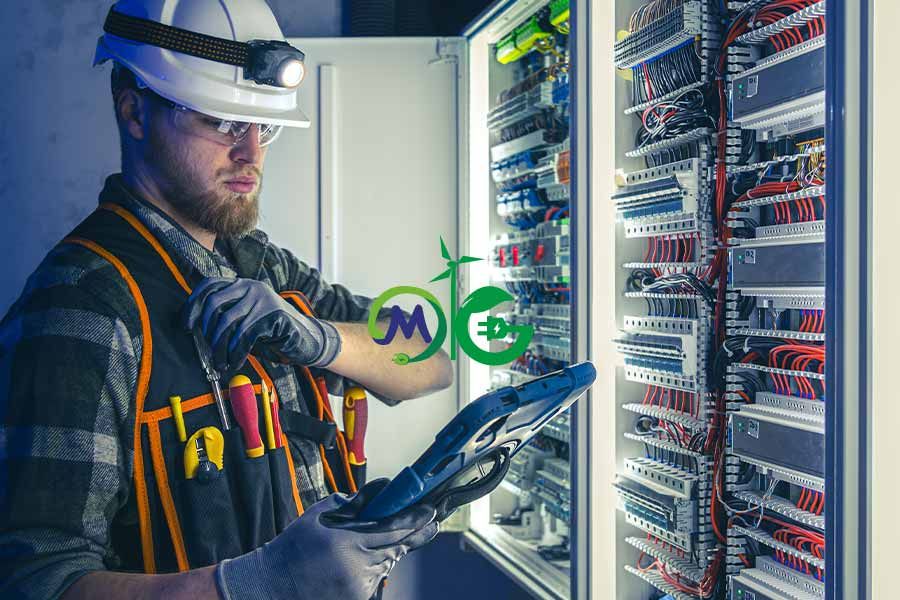
Low Voltage Installation
Low voltage installation involves the installation of electrical systems operating at voltages below 1000 volts, typically used for lighting, electrical outlets, appliances and building automation systems. Low voltage installations must comply with international standards such as IEC 60364, which focus on proper grounding, insulation and circuit protection to prevent electrical hazards.
Low Voltage Panels
Low voltage panels are electrical distribution units designed to manage and distribute power at voltage levels below 1,000 volts. They consist of circuit breakers, switches, busbars, and meters to provide safe and efficient power delivery to various end-user devices or systems. These panels are widely used in residential, commercial, and industrial environments, providing power for lighting, HVAC systems, machinery, and other electrical loads. Low voltage panels are generally safe when equipped with appropriate protective devices and regularly maintained. They have safety features such as insulation, grounding, and overload protection to minimize risks such as short circuits, electric shock, or fire.
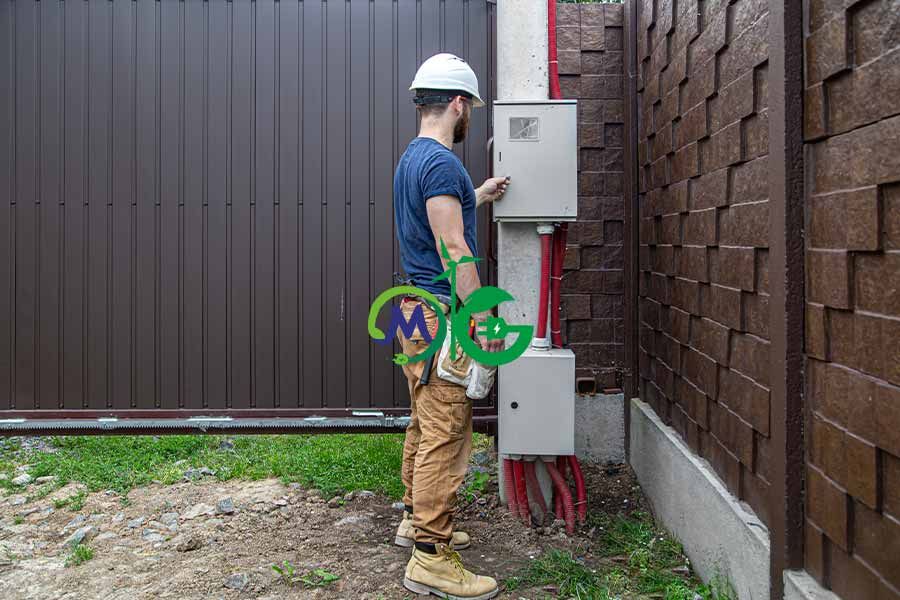
Cable Trays and Bus-Bar Systems
Cable trays and bus-bar systems are electrical infrastructure units used to efficiently manage and distribute power in a variety of environments. Cable trays, also known as cable trays, provide a structured way to route, protect and organize electrical cables, reducing the risk of damage while allowing for easy installation and maintenance. Bus-Bar systems are metal strips or bars, typically made of copper or aluminum, that conduct electricity and distribute power within switchgear, distribution panels or industrial equipment. Both systems are used to streamline power distribution in residential, commercial and industrial environments, offering scalability, space-saving solutions and enhanced safety by eliminating cable clutter and ensuring efficient power flow.
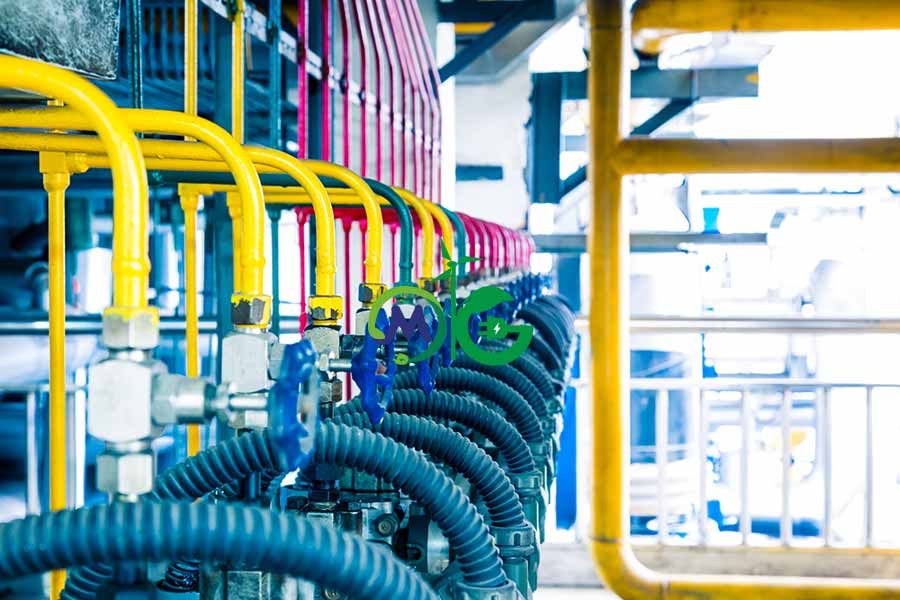
Lighting and Lighting Control Facilities
Lighting and lighting control facilities are systems designed to illuminate spaces and regulate lighting levels for optimum functionality, energy efficiency and comfort. These systems typically include luminaires, lamps, ballasts, sensors, dimmers and advanced controllers integrated with building management systems for centralized control. They use components such as LED drivers, programmable logic controllers (PLCs) and communication protocols such as DALI or KNX for precise lighting management.
Building Automation Systems
Building automation systems are centralized, integrated networks that monitor, control, and optimize various building functions, such as HVAC (heating, ventilation, and air conditioning), lighting, security, and energy management. They are typically based on interconnected devices such as sensors, controllers, actuators, and communication networks operating through protocols such as BACnet, KNX, or Modbus. They include real-time data collection, remote access via cloud platforms, programmable schedules, and energy analytics to increase efficiency.
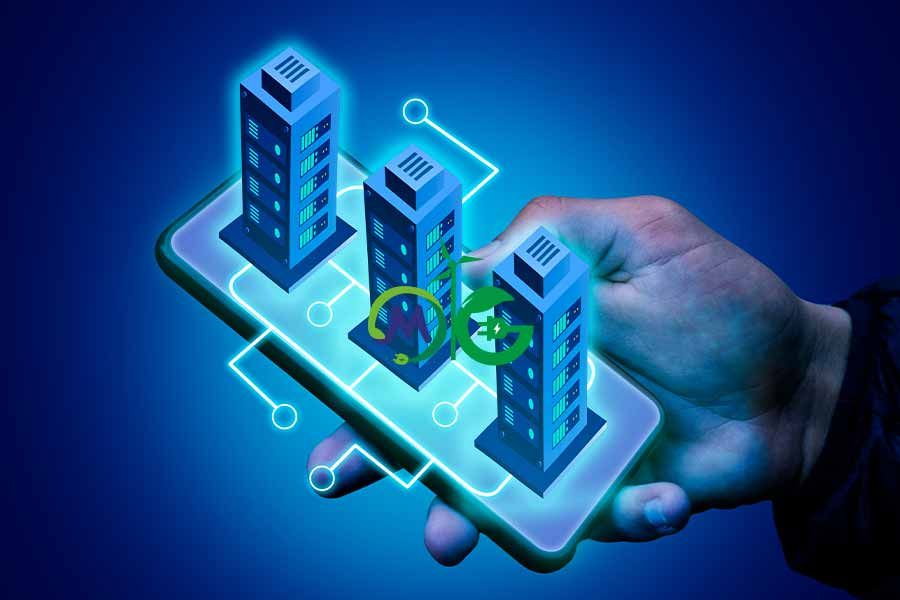
Energy Automation Systems
Energy automation systems are advanced technological solutions designed to monitor, control and optimize energy production, distribution and consumption in real time. Their primary functions are to ensure efficient energy use, increase grid reliability, integrate renewable energy sources and reduce operating costs. Key features of energy automation systems include smart sensors, programmable controllers, SCADA (Supervisory Control and Data Acquisition) systems and IoT-enabled devices for seamless communication and data exchange. These systems support demand-response strategies, predictive maintenance and energy forecasting, making them ideal systems for industrial facilities, utility providers and large-scale facilities that aim to achieve sustainable energy management and operational excellence.
Custom Automation Solutions
Custom automation solutions are systems designed to automate specific processes or operations according to the unique needs and requirements of a business or industry. It is to increase efficiency, reduce human intervention, improve accuracy and optimize resource utilization by integrating specialized hardware and software to control functions, tasks, machines or workflows. It has the features of flexibility, scalability, integration with existing systems, real-time monitoring and adaptability to various operational changes. It is used in manufacturing, logistics and other industries where ready-made automation systems may not be able to fully meet operational demands.
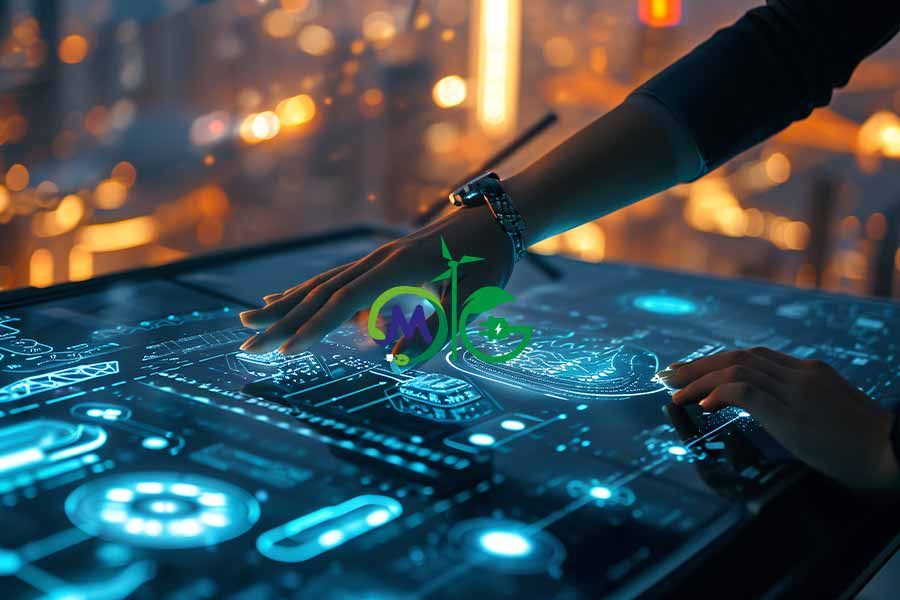
Diesel Generator Sets
Diesel generator sets are self-contained units that produce electric power using a diesel engine coupled with an alternator. They provide backup or off-grid power for a variety of applications, such as industrial, commercial, or residential use, especially in areas with unreliable grid power. Diesel generator sets offer high fuel efficiency, portability, reliability, and the ability to handle variable loads.
Uninterruptible Power Supply (UPS) Systems
Uninterruptible power supply (UPS) systems are devices that provide emergency power to electrical loads when the main power supply fails. They are responsible for protecting sensitive equipment from power interruptions such as blackouts, surges or voltage fluctuations and ensuring continuous operation. Key features of UPS systems include battery backup, voltage regulation, surge protection and the ability to provide power for a specified period of time, allowing time for equipment to be shut down or switch to alternative power sources such as generators
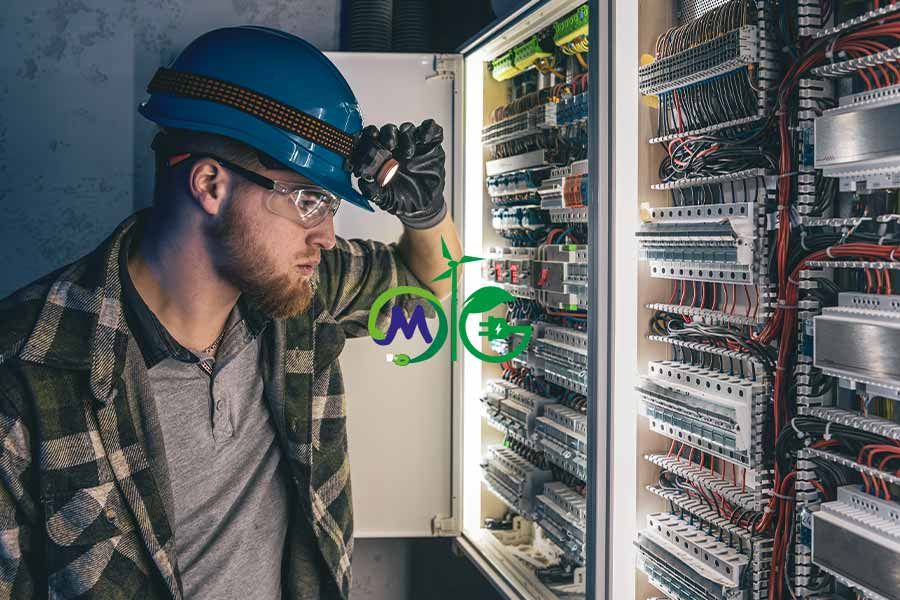
Electromechanical Systems
Electromechanical systems are integrated systems that combine electrical and mechanical components to perform specific tasks or processes. Their function is to convert electrical energy into mechanical motion and vice versa, enabling automation and control in a variety of applications. The basic features of electromechanical systems include motors, actuators, sensors, and controllers that work together to direct processes such as motion, force application, or precise control. They are widely used in industries such as robotics, manufacturing, automotive, and aerospace, where efficient, reliable, and precise mechanical actions are required.
Grounding and Lightning Protection Systems
Grounding and lightning protection systems are safety systems designed to protect structures and electrical equipment from electrical surges, including those caused by lightning strikes. Grounding systems provide a direct path for electrical currents to flow safely to the ground, preventing damage to equipment and reducing the risk of electric shock. Lightning protection systems consist of rods, conductors, and grounding systems designed to safely direct and block lightning strikes to the ground.

Low Current Systems
Low current systems are electrical systems that operate with current below a certain threshold value, usually below 1 ampere, and are used for communication, control and monitoring purposes. These systems are designed to handle signal, data transmission or low-power operations such as alarm systems, telecommunications, access control, CCTV and fire detection. Their function is to provide efficient and reliable control, monitoring and communication in buildings or industrial installations while consuming minimum power.
- Access Control Systems: Designed to regulate and monitor entry to restricted areas using authentication methods such as key cards, biometrics or passwords, thus increasing security and ensuring authorized access.
- Smart Home Systems: Increase comfort, energy efficiency and security by providing remote control and automation of home functions such as lighting, heating, security and appliances.
- Structured Cabling: Provides a reliable and scalable infrastructure for communication systems by referring to an organized network of cables and components used in data, audio and video transmission.
- Fire Alarm Systems: Fire alarm systems provide early warning for evacuation and safety by detecting the presence of smoke, heat or fire and alerting residents.
- Telephone/Switchboard Systems: Manage and direct incoming and outgoing calls within a network, thus ensuring effective inter-agency communication.
- Burglar Alarm Systems: Burglar alarm systems monitor and secure properties by issuing alerts to prevent unauthorized entry.
- TV/Satellite Systems: Provide access to television and satellite signals to broadcast content to viewers at home or work.
- Intercom Systems: Intercom systems facilitate two-way voice communication between different rooms or areas of a building for security, coordination or convenience.
- UPS System: Uninterruptible power supply systems ensure uninterrupted operation by providing backup power to critical devices during power outages.
- License Plate Recognition Systems: Automatically capture and analyze vehicle license plates for security, monitoring or access control purposes.
- Parking Guidance Systems: Increase parking efficiency and reduce congestion by directing drivers to available parking spaces in a facility.
- Parking Barrier Systems: Control access to parking areas by raising or lowering barriers, enforcing entry/exit rules and collecting payments.
- Under Vehicle Imaging Systems: Scan and analyze the underside of vehicles for security threats; typically used at checkpoints or borders.
- RFID Solutions: RFID solutions use radio frequency identification to track and manage items or people by reading tags or cards, improving inventory and access control.
- Elevator Communication Systems: Provide direct communication between elevator passengers and building personnel for safety and assistance in emergency situations.
- Tunnel Communication Systems: Provide secure and reliable communication channels for operators and emergency personnel in underground tunnels.
- Fence and Perimeter Security Systems: Use sensors and surveillance devices to monitor and secure the boundaries of properties or facilities.
- IoT Solutions: Connect various devices and systems over the internet to enable data collection, monitoring and automation for smarter decision-making and control.
- CCTV/Security Camera Systems: Provide surveillance and recording of video images for monitoring and security purposes.
- Lighting Automation: Controls lighting settings based on occupancy, time or environmental factors to increase energy efficiency and convenience.
- Voice Alarm Systems: Broadcasts emergency messages or warnings to building occupants for timely evacuation or instructions in times of crisis.
Professional Audio, Lighting and Conference Room Systems
Professional audio, lighting and conference room systems are integrated installations designed to enhance the communication, presentation and entertainment experience in professional environments. By design, they provide high-quality sound, optimum lighting conditions and seamless multimedia support for meetings, conferences, events and performances. They include advanced audio equipment such as speakers, microphones and amplifiers, customizable lighting systems for ambiance and focus, and advanced control systems to manage audio, video and lighting elements.
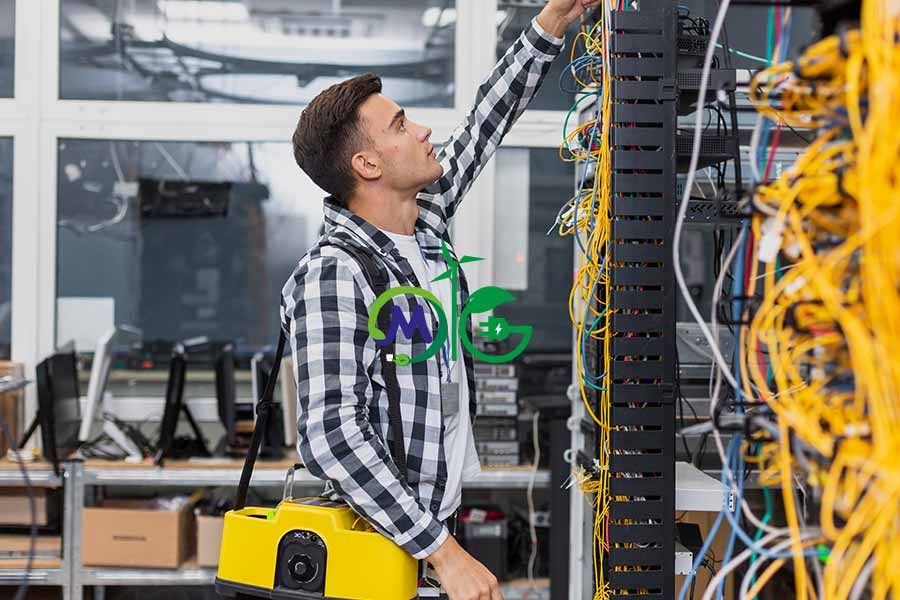
Audio Visual Stage Control Systems
Audio visual stage control systems are sophisticated installations used to manage and synchronize audio, video, and lighting elements in live events, performances, and productions. Their technical function is to ensure the smooth operation and coordination of audio, video feeds, and lighting effects, enabling real-time adjustments and enhancements during a performance. These systems enhance the visual and auditory experience by providing precise control and integration, ensuring that technical elements are in sync with the timing and atmosphere of the performance.


